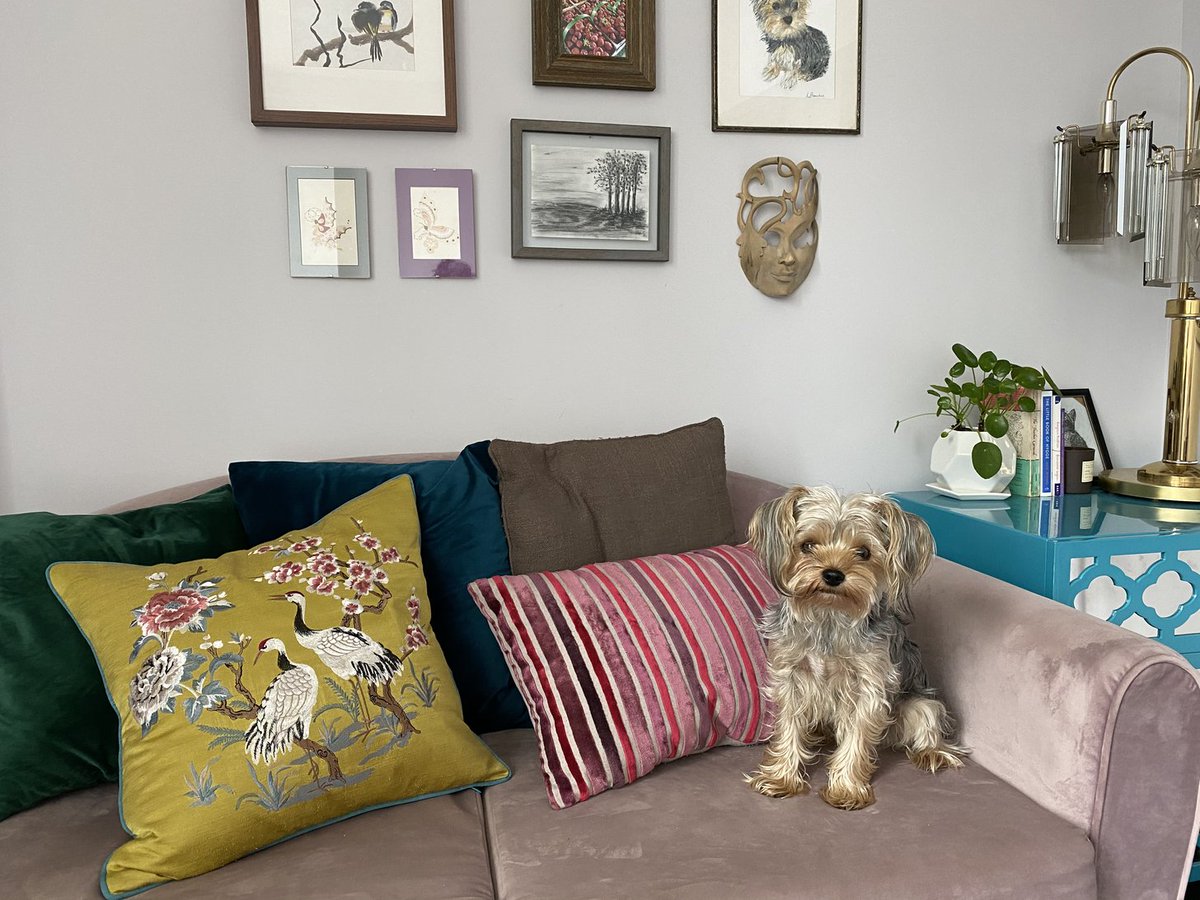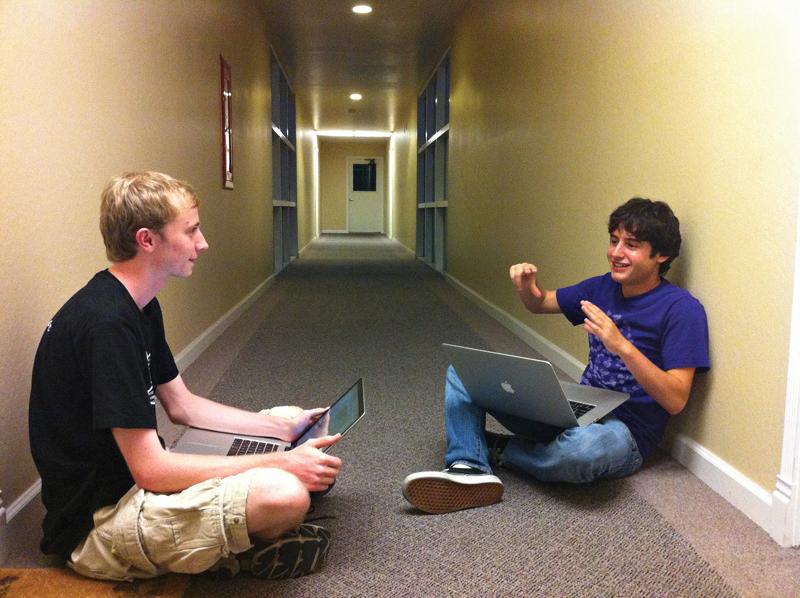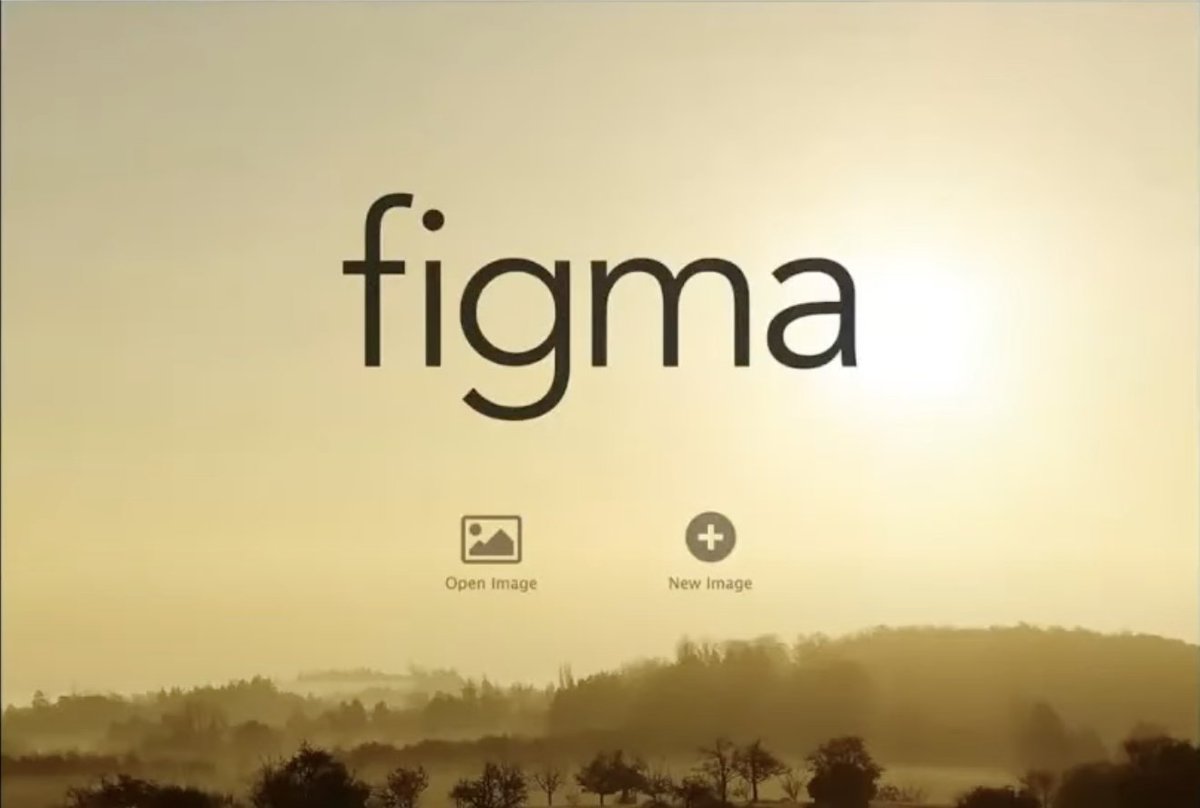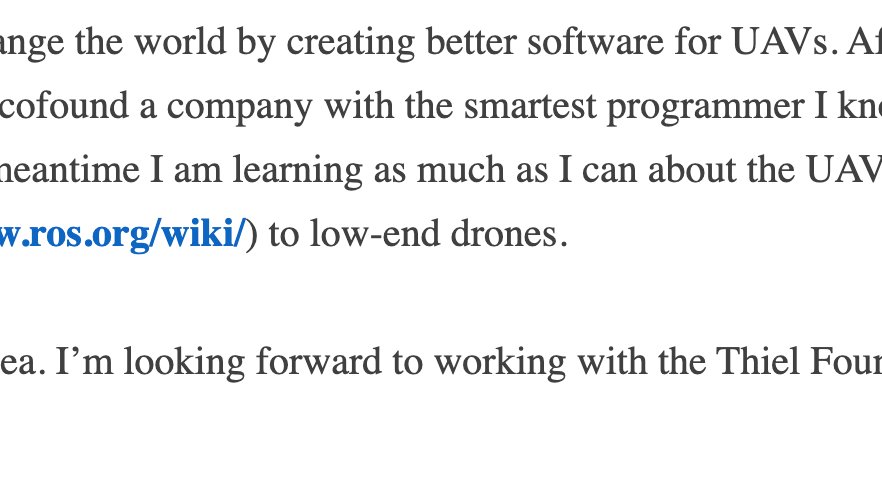
I've run 200+ user research interviews for @usejournal.
after a recent call, a well-known product leader stopped me and said,
"i'm going to steal your questions for my team.
can you walk me through the rest of your process?"
here's what I've learned about user research👇
after a recent call, a well-known product leader stopped me and said,
"i'm going to steal your questions for my team.
can you walk me through the rest of your process?"
here's what I've learned about user research👇
Start with a point of view on the problem you're solving.
the more opinionated the better
it makes the right people easier to find
they'll be more willing to talk to you too.
here's our POV:
the more opinionated the better
it makes the right people easier to find
they'll be more willing to talk to you too.
here's our POV:

Create a list of people you think have the problem.
even better if they like you
start with friends
add others who might want to talk
we included current and former users, members of our slack community, and readers of our newsletter.
even better if they like you
start with friends
add others who might want to talk
we included current and former users, members of our slack community, and readers of our newsletter.
Narrow your list to people you can help soon.
they share more actionable feedback
recently we were looking for feedback on what will eventually become an iOS app
so we removed android users
they share more actionable feedback
recently we were looking for feedback on what will eventually become an iOS app
so we removed android users
Use tools to narrow more.
@airtable was the central hub for our contacts
@samiur1204 connected @zapier to add job roles from @clearbit
usage data from @intercom
and personal habits from @typeform
here are some of the questions we ask: usejournal.typeform.com/to/b8nVGChJ
@airtable was the central hub for our contacts
@samiur1204 connected @zapier to add job roles from @clearbit
usage data from @intercom
and personal habits from @typeform
here are some of the questions we ask: usejournal.typeform.com/to/b8nVGChJ
Send the message.
a good message gets people excited to talk
make a clear ask
answer "why me"
explain your POV
state the benefit
use an example
make a personal appeal
here's the message we sent:


a good message gets people excited to talk
make a clear ask
answer "why me"
explain your POV
state the benefit
use an example
make a personal appeal
here's the message we sent:



Plan for interviews with an end goal in mind.
then our focus shifted to interviews
the goal informs which questions to ask
teammates to involve
and how to structure notes
ours was to create a user persona that will guide our product and marketing. here it is:


then our focus shifted to interviews
the goal informs which questions to ask
teammates to involve
and how to structure notes
ours was to create a user persona that will guide our product and marketing. here it is:



Find examples.
we couldn't have created the persona without examples from @gitlab's handbook.
about.gitlab.com/handbook/marke…
thank you @TyeD19 @TheWilliamChia @TraciRobinsonWm @tbarr
we couldn't have created the persona without examples from @gitlab's handbook.
about.gitlab.com/handbook/marke…
thank you @TyeD19 @TheWilliamChia @TraciRobinsonWm @tbarr
Draft questions.
ask q's that will paint a full picture of the person you interview
when do they do things? how?
what frustrates them? why?
here are our questions:
ask q's that will paint a full picture of the person you interview
when do they do things? how?
what frustrates them? why?
here are our questions:

Make it feel like a conversation.
use your questions as a starting point
then let the conversation flow
we want people to be comfortable
they'll share more openly
use your questions as a starting point
then let the conversation flow
we want people to be comfortable
they'll share more openly
Involve your team.
invite teammates to interviews
ask them to take notes
ask what stood out
listening to feedback directly users is the best way to build empathy.
invite teammates to interviews
ask them to take notes
ask what stood out
listening to feedback directly users is the best way to build empathy.
Take notes.
write. everything. down.
you'll forget what was said said
you won't actually go back and watch video recordings
you'll re-use quotes from the calls over and over
write everything down
write. everything. down.
you'll forget what was said said
you won't actually go back and watch video recordings
you'll re-use quotes from the calls over and over
write everything down
Show product mocks.
mocks are a great way to get the interviewee to ask YOU questions
these questions reveal their true motivations and frustrations
listen to these closely
mocks are a great way to get the interviewee to ask YOU questions
these questions reveal their true motivations and frustrations
listen to these closely
Iterate on your process.
hearing things repeatedly?
start updating your marketing site copy
tweak survey questions
edit your outreach messages
when responses to cold DMs start to look like this, you're onto something:
hearing things repeatedly?
start updating your marketing site copy
tweak survey questions
edit your outreach messages
when responses to cold DMs start to look like this, you're onto something:

You already know what you need to create a user research process.
go and do it!
join me on @joinClubhouse on 3/19 at 12pm PT and we can answer all of your user research questions.
joinclubhouse.com/event/m26630nA
go and do it!
join me on @joinClubhouse on 3/19 at 12pm PT and we can answer all of your user research questions.
joinclubhouse.com/event/m26630nA
• • •
Missing some Tweet in this thread? You can try to
force a refresh




















